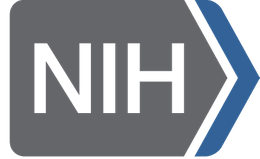A Painless Checkup for Oral Cancer
Ask for an oral cancer exam during your regular dental visit
An oral cancer exam is painless and quick — it takes only a few minutes.
Your regular dental checkup is an excellent opportunity to have the exam.
Here’s what to expect:
- Preparing for the exam: If you have dentures (plates) or partials, you will be asked to remove them.
- Your health care provider will inspect your face, neck, lips and mouth to look for any signs of cancer.
- With both hands, he or she will feel the area under your jaw and the side of your neck, checking for lumps that may suggest cancer.
- He or she will then look at and feel the insides of your lips and cheeks to check for possible signs of cancer, such as red and/or white patches.
- Next, your provider will have you stick out your tongue so it can be checked for swelling or abnormal color or texture.
- Using gauze, he or she will then gently pull your tongue to one side, then the other, to check the base of your tongue. The underside of your tongue will also be checked.
- In addition, he or she will look at the roof and floor of your mouth, as well as the back of your throat.
- Finally, your provider will put one finger on the floor of your mouth and, with the other hand under your chin, gently press down to check for lumps or sensitivity.

The National Institutes of Health, a part of the U.S. Department of Health and Human Services, is the nation's medical research agency — making important discoveries that improve health and save lives. NIH is the largest single source of financing for medical research in the world, seeking new ways to cure disease, alleviate suffering and prevent illness. By providing the evidence base for health decisions by individuals and their clinicians, NIH is empowering Americans to embrace healthy living through informed decision-making. NIH is made up of 27 institutes and centers, each with a specific research agenda, focusing on stages of life, like aging or child health, or particular diseases or body systems.

